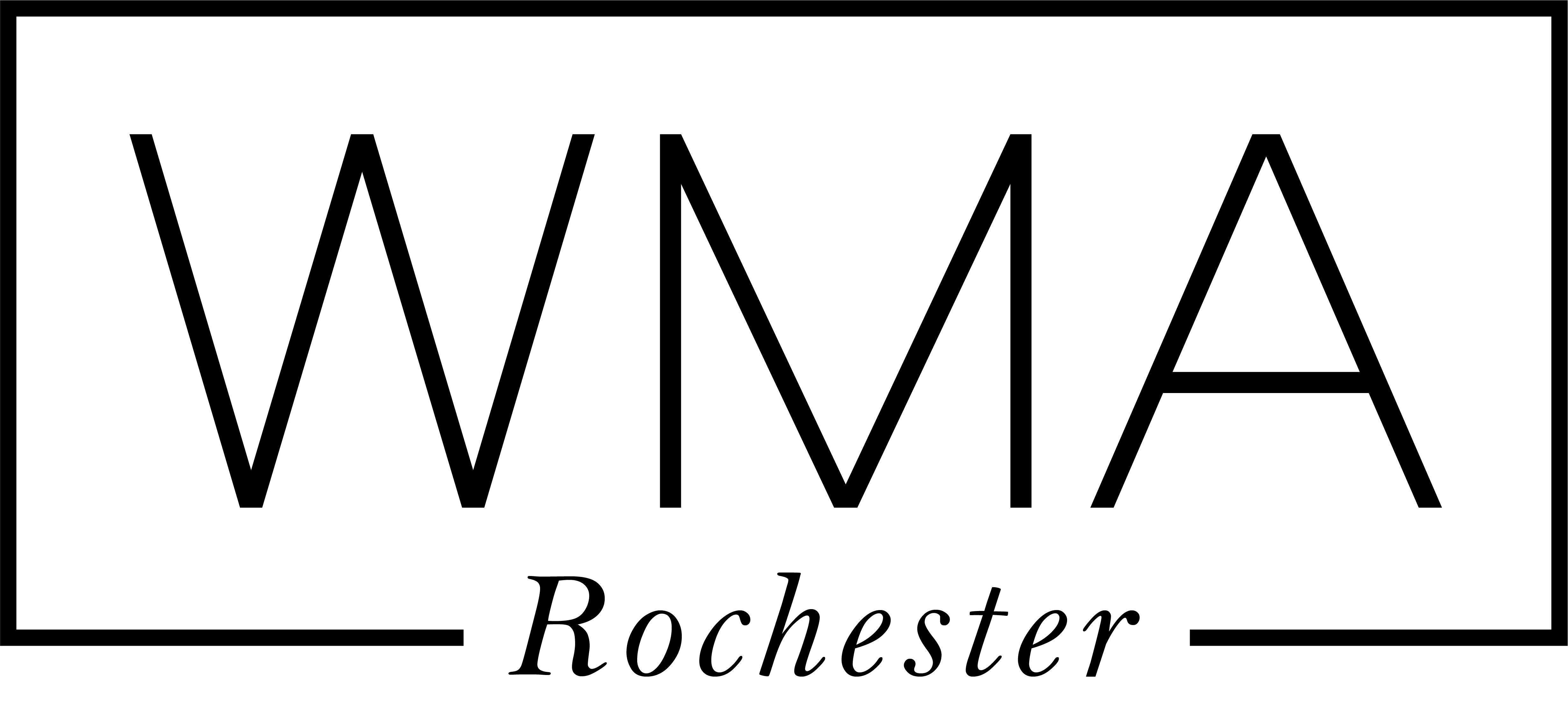
For ten years as an agent and personal manager, I watched monologues – hundreds, maybe even thousands of them. For the past fifteen years, I’ve been coaching monologues. Much of my coaching is based on what I discovered worked for actors and what did not. Certainly there are no rules, but there are some reasonable guidelines.
Although my work includes coaching monologues for all kinds of situations, for our purposes today, I’m going to talk about the nature of the material that shows your personality. Some would call this a “getting to know you” piece, as opposed to “character” work. Here are my observations for a successful monologue performance.
1. Castability. Choose something in your age range and gender, where the language is colloquial and a comfortable fit for who you are. For this “getting to know you” piece, avoid material that is highly theatrical, poetic, or heightened.
2. Relationship. Select material where your character is talking to one specific individual. As the great Emmy-Award winning actor Margo Martindale (“Justified”) has wisely said with regard to monologues, “When you do it for one, you do it for all.”
3. Conflict. The most compelling choice for monologue material is one where the speaker is in conflict with whomever he/she is speaking to. In short, something is not going “your” way, or the other person is not being who you want them to be and your objective is to change all that. Right now. This leads to an all-important sense of urgency and urgency is critical.
4. Clarity. There should be no potential for confusion on the part of the auditor/audience as to what the speaker is talking about or what he/she wants.
5. Response points. This is when the speaker has made a “point,” what many call a “beat” and the actor who is speaking then has the freedom to decide how the other character has responded emotionally. Shock? Anger? Enlightenment? The speaker can then decide the emotional tone of his own next “point.” In doing so, your pace and vocal pitch will organically change. Voila! The auditor sees a precious little asset known as “range”!
6. A Button. A monologue that ends in such a way that we know it’s over. The same way that a piece of music resolves, so your monologue should have a sense of finality. This creates a very powerful and satisfying conclusion.
7. Owning your space. Stand up. Walking into a room and pulling up a chair sucks the life out of you and the room itself. It has been scientifically proven that we think better and faster on our feet, and your physical presence will be much more poised and alive if you’re on your feet.
There you have it. No rules – only some guidelines.
Brian O’Neil is a former agent and best-selling author of “Acting As a Business: Strategies for Success” which was hailed by Entertainment Weekly as a “show-biz industry bible.” An acting career coach and an audition coach, he teaches at many of the country’s top acting training programs including The Juilliard School. For more information, please visitwww.actingasabusiness.com.



20 Responses to 7 Elements of a Great Monologue